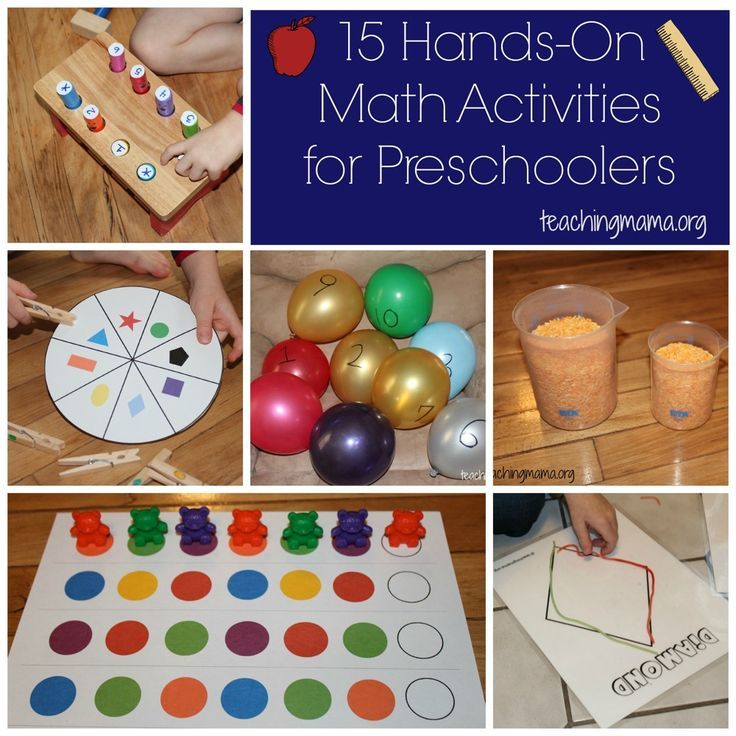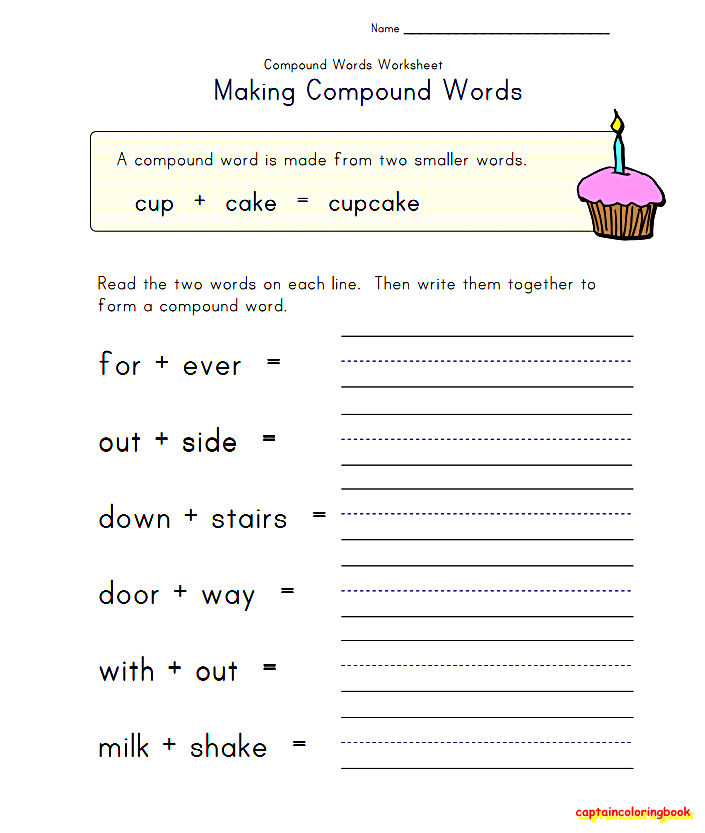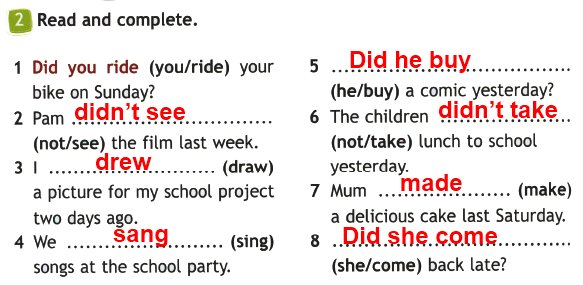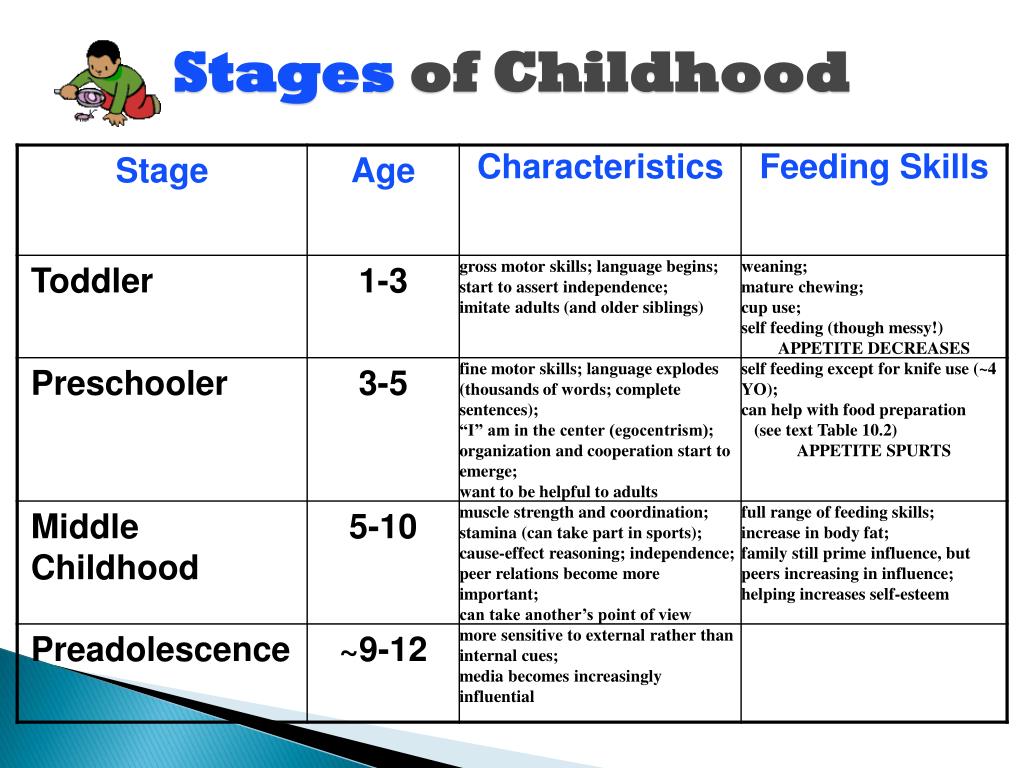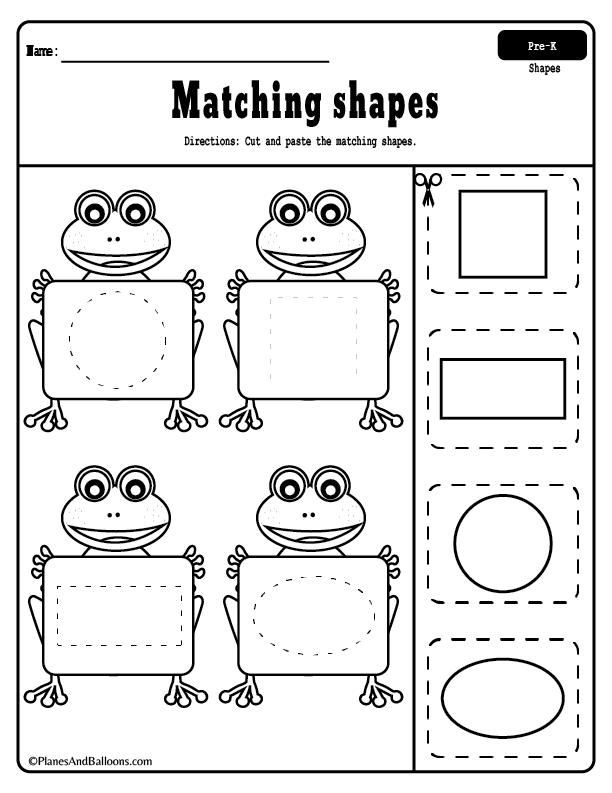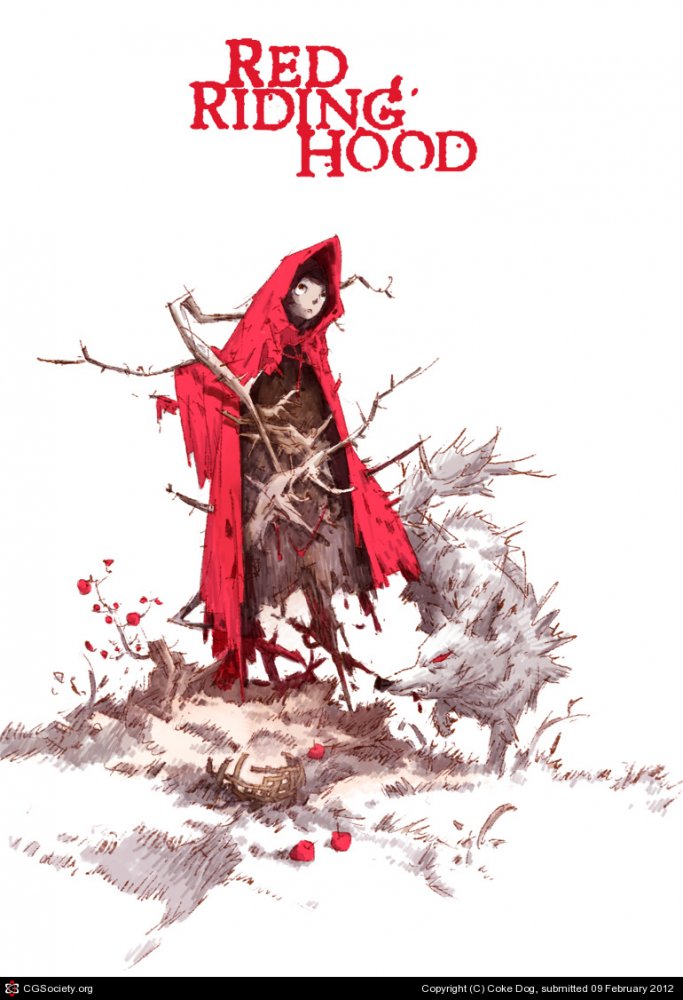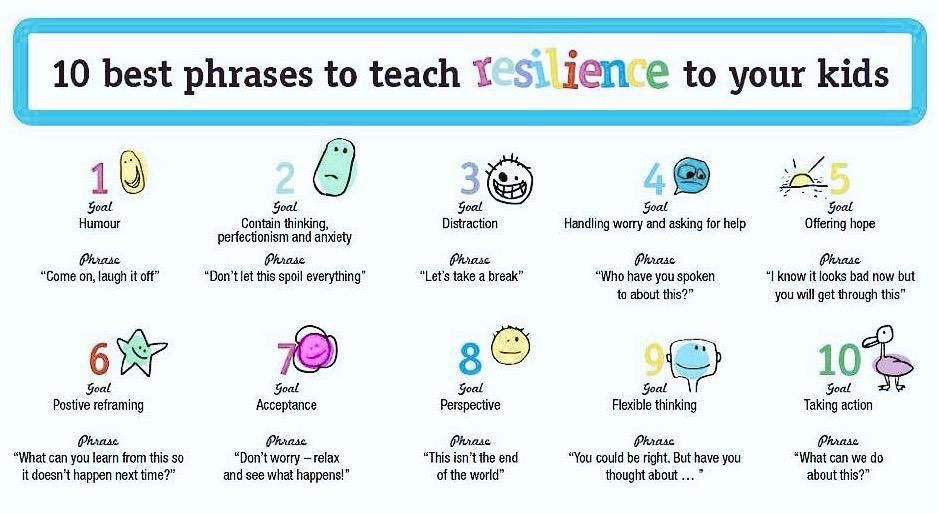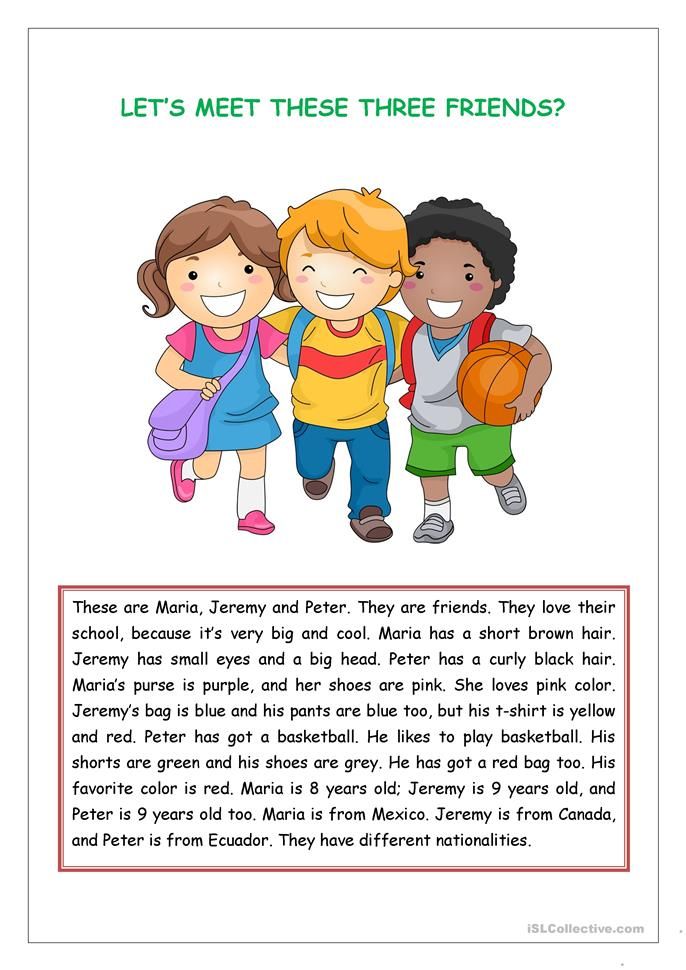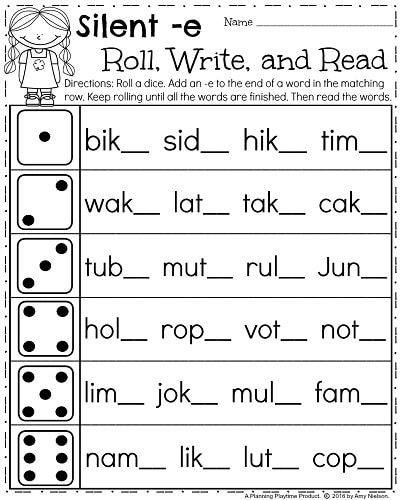Maths hands on activities
7 Classroom Math Activities That Will Make Math Engaging and Fun
Back to Articles
Fun, hands‑on math games are a great way to make early math concepts clear and keep your students engaged.Introducing math games into the classroom is a great way to make learning fun, engaging and motivating for young learners.
And the best part about starting early (kindergarten to grade 2) is that it helps your students to develop a positive attitude toward math from an early age, setting them up for a successful academic future.
Here are some fun classroom math activities that will have your students begging to do more.
Math Bingo
This math game is sure to become a fast favorite with your students. You can choose whatever skill you want to review, such as addition, subtraction, or number sequencing. The game works just like regular bingo, except students have to solve math problems in order to know what number to mark off of their sheet.
To prepare, make a list of 25 math problems (e.g. 2+1, 3–0, or 2, 4, 6, _ ). Write the answers on the same sheet of paper.
Create your own 5x5 bingo cards or generate them online. At random, write the answers on the cards using the solutions from your list. There should be a bingo card for each student playing. You can laminate the cards to use for next time and have students place pennies or rocks to mark their answers.
Make a paper plate clock
Are your students learning to tell time this year? This hands‑on craft activity is a fantastic way to practice this important skill.
Start with a paper plate and make a small hole at the center. Students should write the numbers in the correct places. Using colored paper, they can then cut the clock hands to the right size and secure them using a split pin from the center. You can even use a second plate (different color) for students to write the minutes. Glue the second plate to the bottom of the first so that it creates a rim.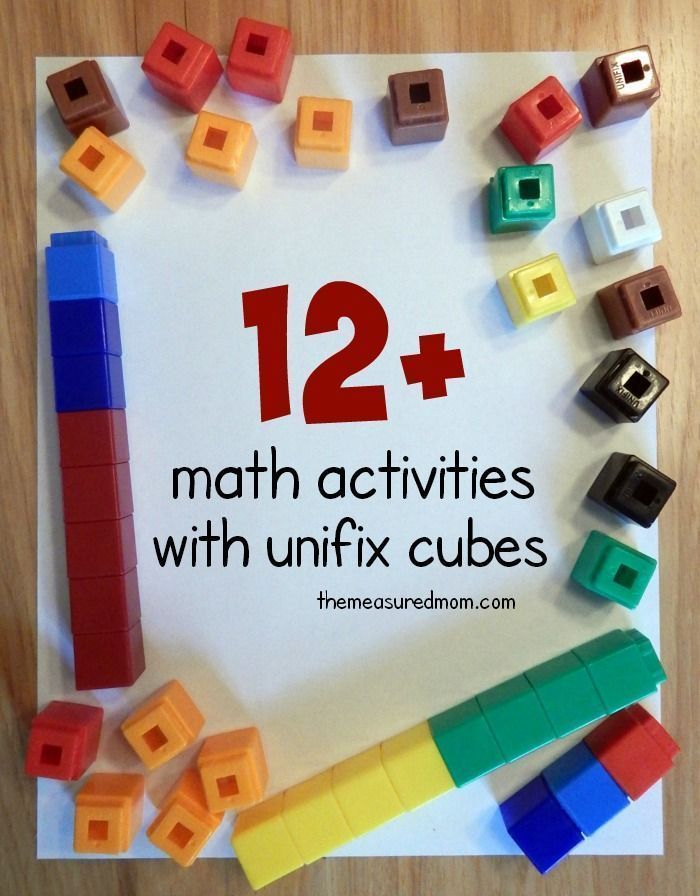
Guess the weight
Children love playing guessing games, and when it comes to whether something is heavy or light, there can certainly be a few surprises in store for them.
Gather several items and spread them across a table. One at a time, ask students to guess the weight of each item and write their predictions in one column on a page (you can create a simple template for this too). Using kitchen scales, invite individual students to weigh each item and record the correct answers in a second column. You can also add a column in between and pass each item around the class, so students can guess the weight after holding each in their hand.
Hopscotch math
This game is a great way to get your students outside on a nice sunny day. Using a piece of chalk, draw a hopscotch grid on the pavement mimicking a calculator layout. Ask students to form a line and one by one, give them a simple operation (e.g. 2+3, 5–0). Students should take turns hopping on each element of the equation in the correct order, landing finally on the answer.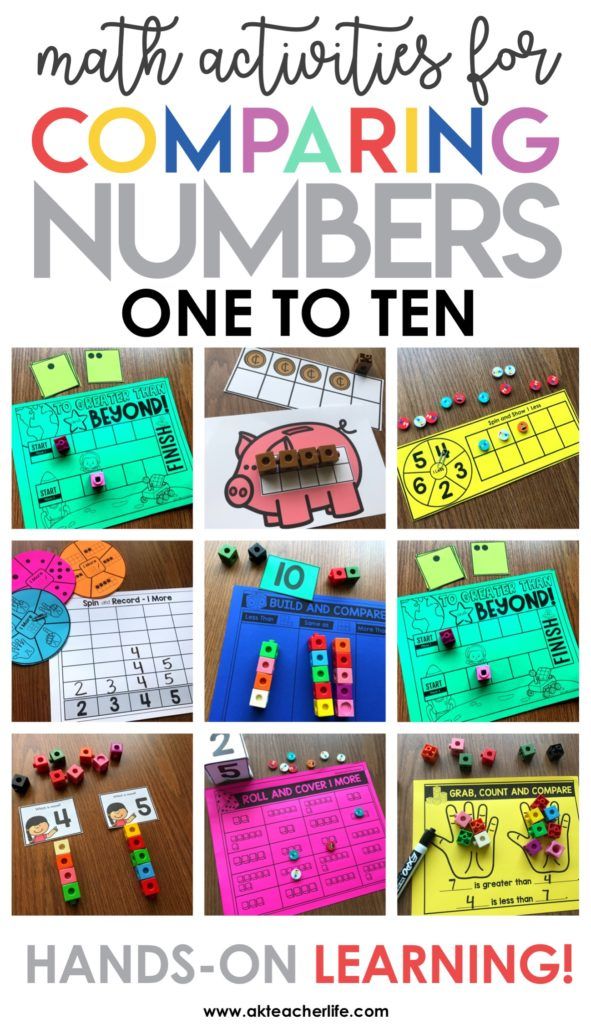
In another game, you can call out a number and ask students to hop on any equation that equals to that number. For a fun twist, ask students to hop on one leg for odd numbers, and two legs for even numbers.
Hopscotch math is a fun activity which helps students to practice simple operations.Pizza fractions
Fractions can be tricky, so this activity can really help students to visualize key concepts. Create an instruction sheet with five different fractions on each (you can create several so different students get a different set). Students should create a pizza (using construction paper, or even the inside of an empty pizza box) and decorate the toppings to represent each fraction.
For example, if they had a quarter (fourth), they should cover one-quarter of the pizza with a specific ingredient (e.g. mushrooms or pepperoni).
'Lengthy' scavenger hunt
Divide students into groups and give each group a list of measurements and a measuring tool (e.g. a ruler, tape, trundle wheel).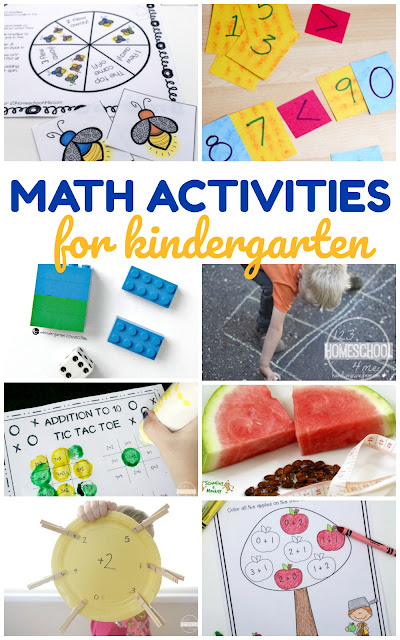 Instruct students to find items that are exactly the length of what they have listed. For younger students who haven't yet been introduced to measurement, draw various lines on their sheet and ask them to find items that are exactly the same length.
Instruct students to find items that are exactly the length of what they have listed. For younger students who haven't yet been introduced to measurement, draw various lines on their sheet and ask them to find items that are exactly the same length.
Make sure you prepare items beforehand and place them in a safe and visible spot. This activity can be done outside or in the classroom.
Survey and graph
Ask each student to think of a question they’d like to survey their fellow classmates on. For example, they might like to ask their classmates what their favorite animal is out of a dog, monkey, pig, or chicken. Give students time to walk around the classroom quizzing each other and recording their data.
Once students have collected enough data, ask them to represent their results by building a bar graph using linking cubes, blocks, or Legos. They can use sticky notes or bits of paper to create labels above each bar. Take a photo of each student's graph, which you can later print out to create a class collage to display.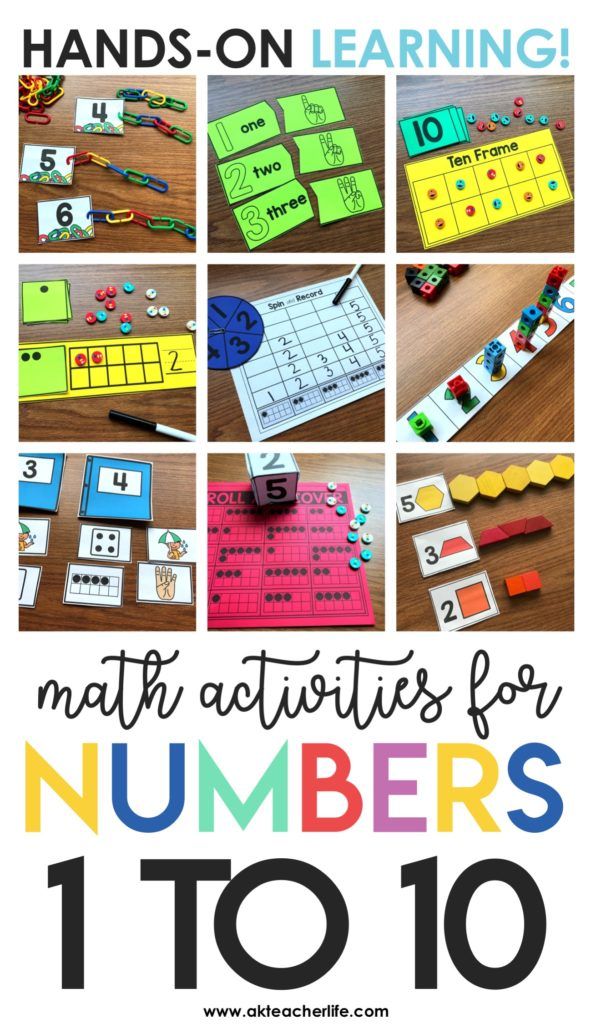
Looking for new ways to make elementary math fun? Mathseeds is a research-based online math program specifically designed for students in grades K–2. Created by a highly experienced team of elementary teachers, Mathseeds provides self-paced lessons, fun games, automated reporting, and a range of teaching tools to help your elementary math students succeed. Sign up for a free trial today.
Hands on Math Activities for Elementary
Make Learning FUN with 50+ Hands-On Math Activities!
Do you love math? I’m guessing that like many people, your answer is probably no!
Math can be frustrating to kids if the concepts are hard to understand. Also, math requires a significant amount of memorization, and a lack of recall on the basic math facts can slow kids down and cause them to get answers wrong. No one enjoys being frustrated by tough concepts or humiliated by wrong answers!
When my oldest son was about 11 years old, he announced that he hated math, but this kid also did things like time his Hot Wheels cars so that he could calculate how many feet per second they were traveling.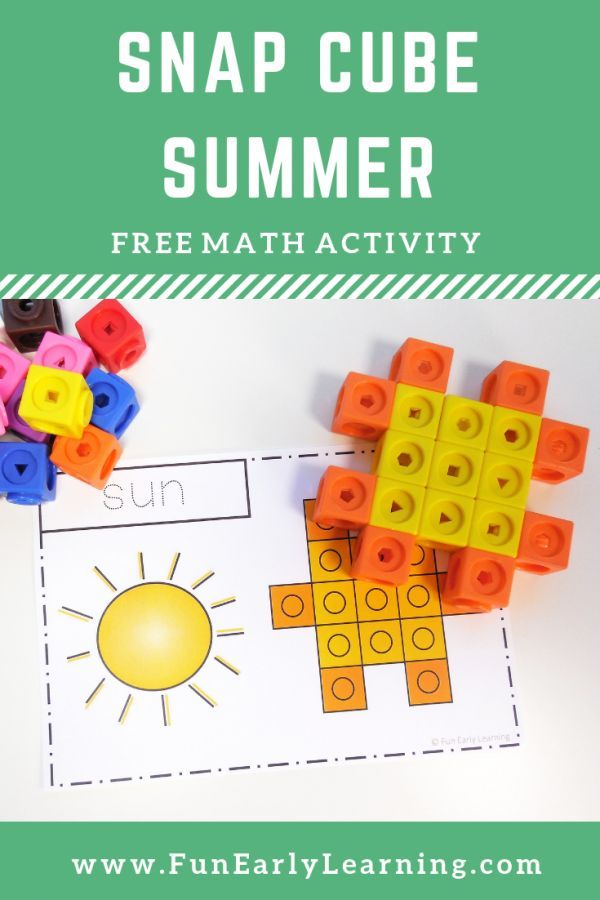 He didn’t hate math – he just didn’t enjoy math worksheets.
He didn’t hate math – he just didn’t enjoy math worksheets.
Math is so much more appealing (or at least more tolerable) when you add a hands-on dimension. Here is a collection of activity ideas for math in the elementary years – 1st through 5th grade. If kids can understand the WHY behind math, it will become much easier to learn. Also, plenty of experience and practice in math will lead to solid recall on the facts, making work quicker and more accurate.
Hands-On Place Value Activities
Here’s a collection of Place Value Activities for second grade, or ages 7-8. Use playing cards, index cards, math manipulatives, and more.
These LEGO Place Value Mats make it easy to set up a LEGO math station at home or in the classroom!
Hands-On Addition and Subtraction Activities
Here’s a collection of Hands-On Addition Activities that use simple materials from around the house. This easy bead “calculator” is the best!!
Here’s a collection of Math Card Games for First Grade that will help kids memorize the facts.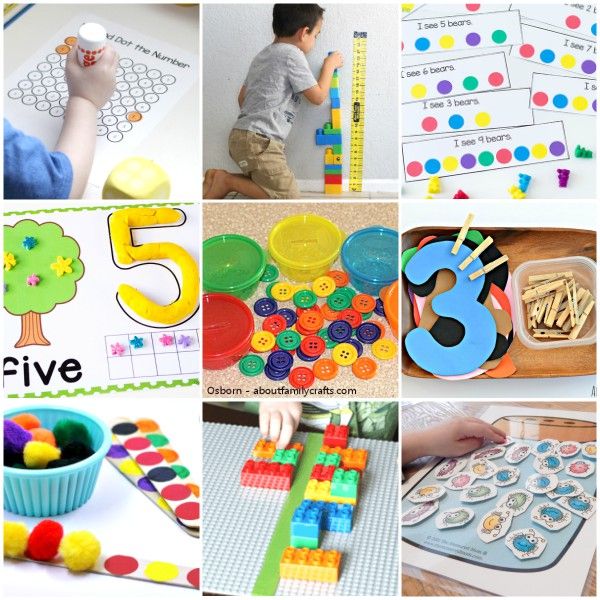 These games use regular playing cards and also Uno cards.
These games use regular playing cards and also Uno cards.
Math Facts Baseball – Kids will love this competitive game! It’s a great way to practice both addition and subtraction, and since kids will need to choose which operation gives them the best advantage, it’s great for overall math sense.
Musical Composition with Math – This is one of my absolute favorite math activities! It’s addition practice with a musical twist – click the link for all the details.
How about some LEGO MATH? We have tons of LEGO math activities for kids. This LEGO First Grade Math Pack (free) has printable pages for addition, finding the missing addend, measurement, and more.
As crazy as it sounds, you can use those Pop It’s Toys for Math Games! Work on addition and subtraction, as well as arrays and more. See them here: Bubble Pop Math Games.
“Magic Math” Addition Practice – This is such a fun twist on math practice. Have students solve addition problems or subtraction problems.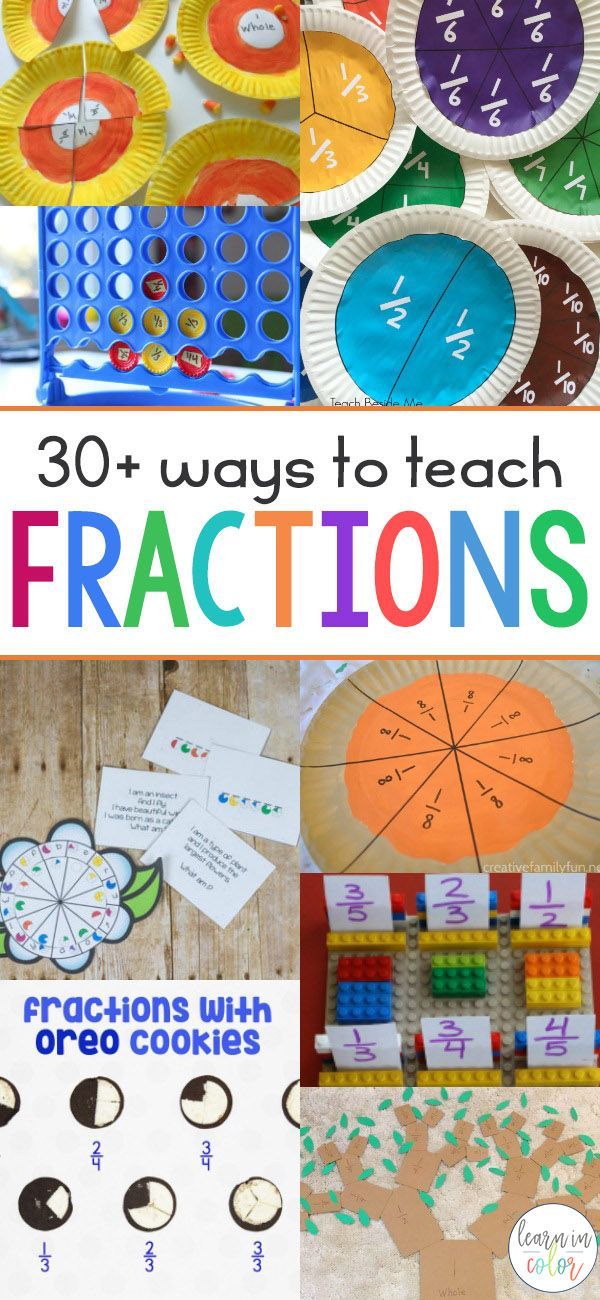 Write the answers below the student’s answers in white crayon, and the students can paint over them with watercolors to watch the numbers “magically” appear! It’s a fun way for them to check their own work.
Write the answers below the student’s answers in white crayon, and the students can paint over them with watercolors to watch the numbers “magically” appear! It’s a fun way for them to check their own work.
Here’s an easy to way to Teach Addition with Regrouping Using LEGO Bricks. This is a printable activity.
LEGO bricks are the perfect hands-on item for making this concept clear!
Hands-On
Multiplication and Division ActivitiesFor beginners, this LEGO Arrays Multiplication Game is just the thing. Roll two dice to find the dimensions for your array. Then build it on your game board. The first one to cover their game board wins!
3-D Multiplication with a LEGO graph – This multiplication graph is SO COOL to build! Once it’s finished, there are so many observations you can make.
Multiplication Football – a fun game that is very easy to make!
Multiplication Snack Store – the storekeeper figures the total, takes the money, and makes change! This is so much fun because younger siblings can participate too.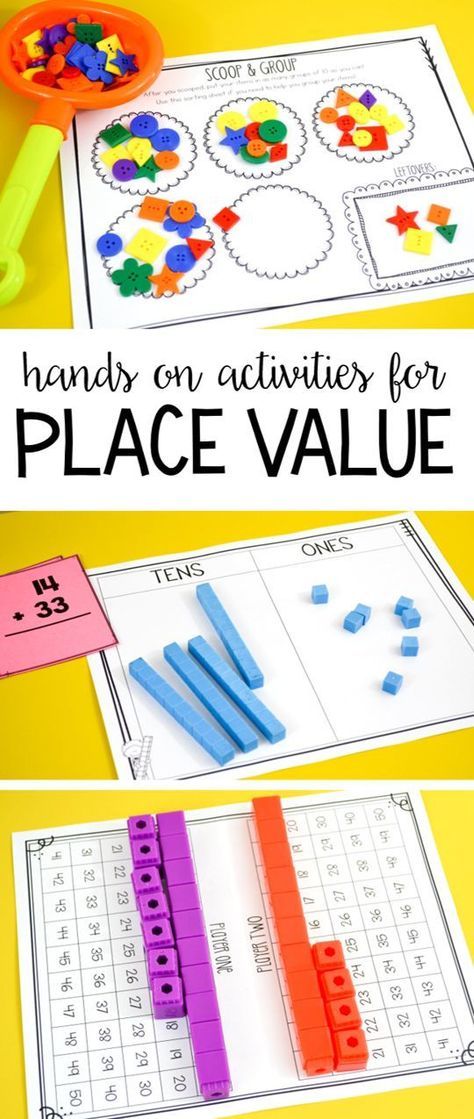 And, you get to eat snacks!
And, you get to eat snacks!
Candy Store Math Problem – Challenge students to design boxes to hold different numbers of candies. This works well with LEGO bricks, but you can also use math cubes, buttons, or any type of manipulative. Students will draw their final results on graph paper.
I have an entire post dedicated to Hands-On Multiplication Activities, so head over there if you need more ideas! There are activities with muffin tins, toy cars, egg cartons, marbles, and more.
Hands-On Fraction Activities
Explore fractions with play dough, post it notes, M&M’s, and more!
Head over here to see Hands-On Fractions Activities.
It’s so much fun to do fractions outside with sidewalk chalk!
I have other Sidewalk Chalk Math Games here.
Of course, LEGO bricks work GREAT for teaching fractions!
You can see all our LEGO Fractions Activities here.
Telling Time ActivitiesThis Paper Plate Clock is one of my favorite activities for kids who are learning to tell time!
Hands-On
Money ActivitiesHere are Five Activities for Coin Counting Practice that use simple supplies from around the house.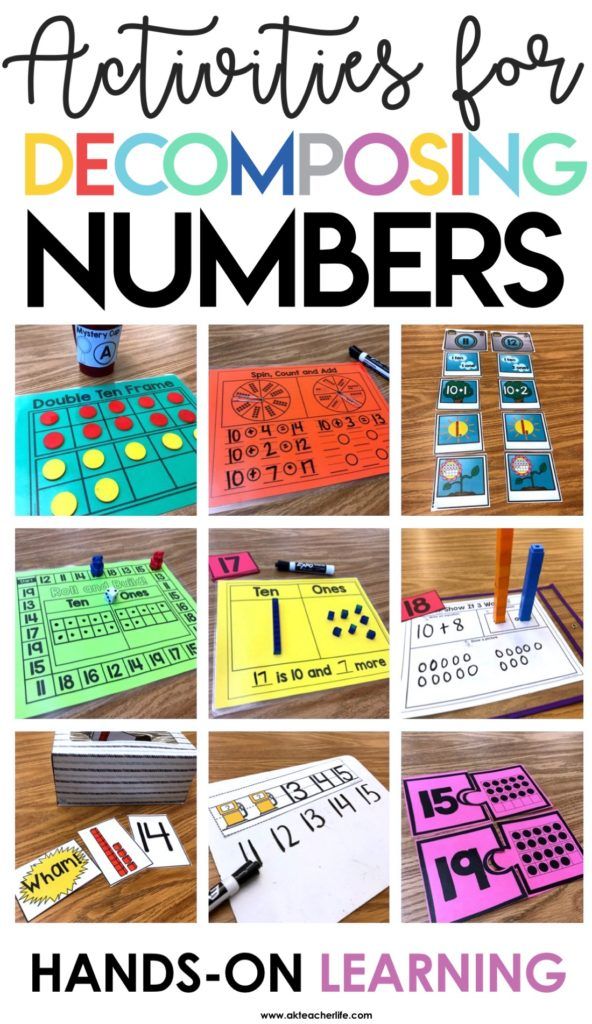
Use muffin tins for coin counting!
Or explore different ways to make 25 cents using coins.
My favorite is the “Fair or Not Fair” Trading Game!
Learning to make change – This is such a hard concept. Hands-on really helps!
Hands-On
Graphing and Measurement ActivitiesVenn Diagrams – Wipe off markers and toy animals make this seem like playing!
Favorite Candy Survey and Graph – Conduct a survey of favorite candies and graph your results! Facebook is a great tool for taking your survey.
Book Sorting and Graphing – Use the books on your shelf to explore categories, organizing, tally marks, and graphing. Seriously, there are so many good skills that come from this! And you end up with a nice clean bookshelf.
Use seashells for graphing! These ocean themed math activities are fabulous to do over the summer or anytime that you are studying the ocean in science.
See them here: Ocean Themed Math Activities
How many Legos does it weigh? A fun introduction to weight and using a balance.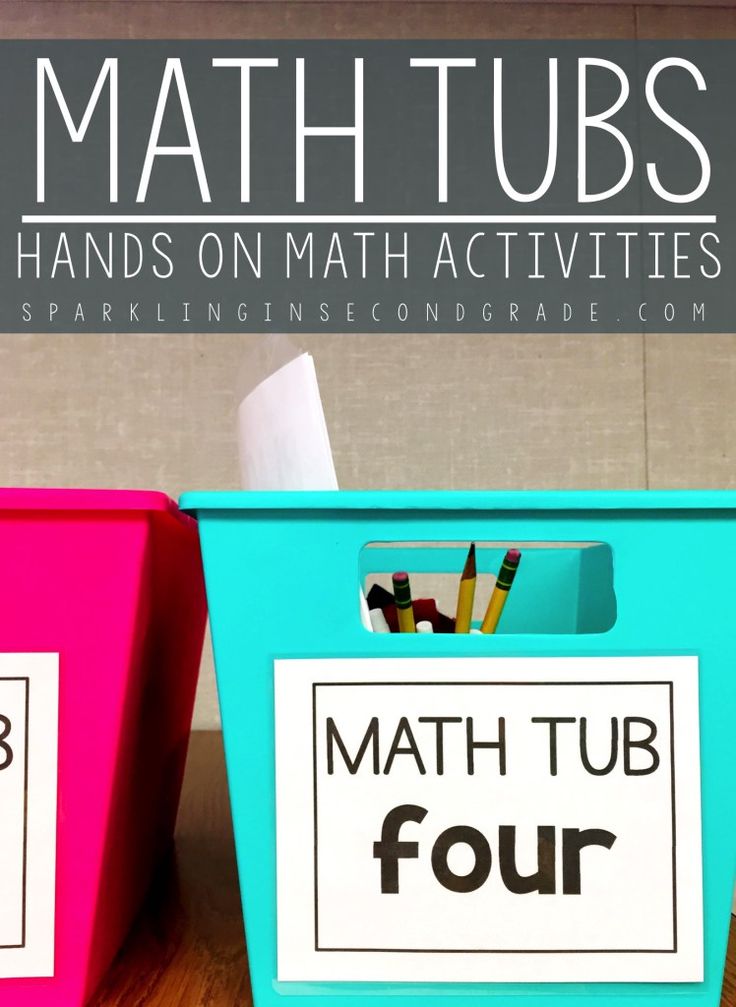
Here’s a fun Graphing and Probability Activity with LEGO Bricks!
Grab a paper bag and some LEGO bricks, and you’re ready to go.
Need more math ideas? Head over to Creekside Learning for the Ultimate Guide to Hands-on Math for 2nd, 3rd, and 4th grades. Tons of ideas!! You’ll want to pin this post to come back to.
interesting math problems and assignments
Tips for parents and examples of exciting math assignments. fun tasks, puzzles, exercises and tests with answers and solutions.
Try the LogicLike course in a playful way!
Choose an age to start
nine0002 4-5 years6-7 years
1-2 class
3-5 class
6-9 grade
nine0002 15+ for myselfWhy do children and parents choose LogicLike?
ALL LOGIC IN GAME FORM!
- Flexible mind and confidence When children decide tasks and puzzles on LogicLike, they develop ingenuity and Confidence in your strength.
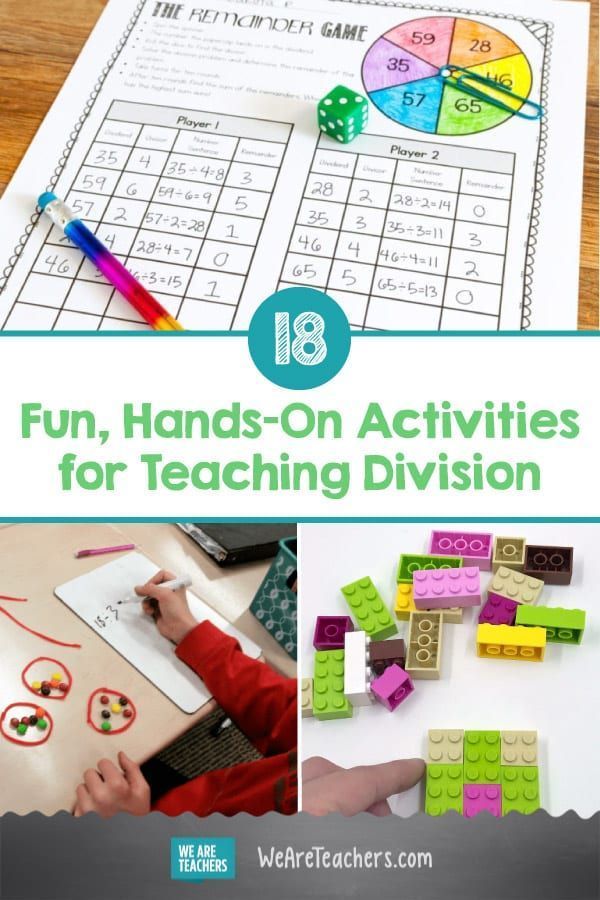 nine0028
nine0028 - Foundation for IT We teach how to work with information competently, develop logical and mathematical intelligence, memory and thinking.
- Sip "fresh air" You can spend 20-30 minutes on yourself while the child develops. By the way, doing LogicLike is also interesting for adults. nine0028
Start classes!
The benefits of studying logic and mathematics
Elementary mathematical representations help to form in kindergarten. Basic Mathematical abilities are developed at school.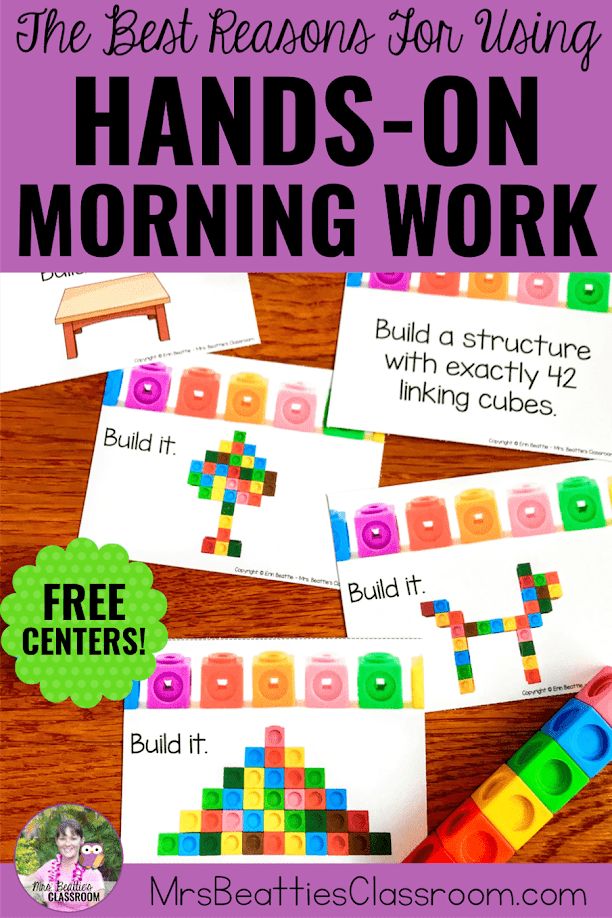
And so that the child learns to reason logically, to think outside the box - ordinary arithmetic and geometric problems are not enough. nine0003
Already at preschool age, it is desirable to develop the habit of daily tasks and exercises for the development of logical thinking.
Thanks to regular training:
- the child learns to reason, analyze and do the right things. findings;
- develops intelligence, memory, attention and intelligence; nine0028
- success increases self-esteem, interest in learning at school, inspire to win in mathematical olympiads and competitions.
Children aged 5-12 enjoy walking LogicLike course in game form.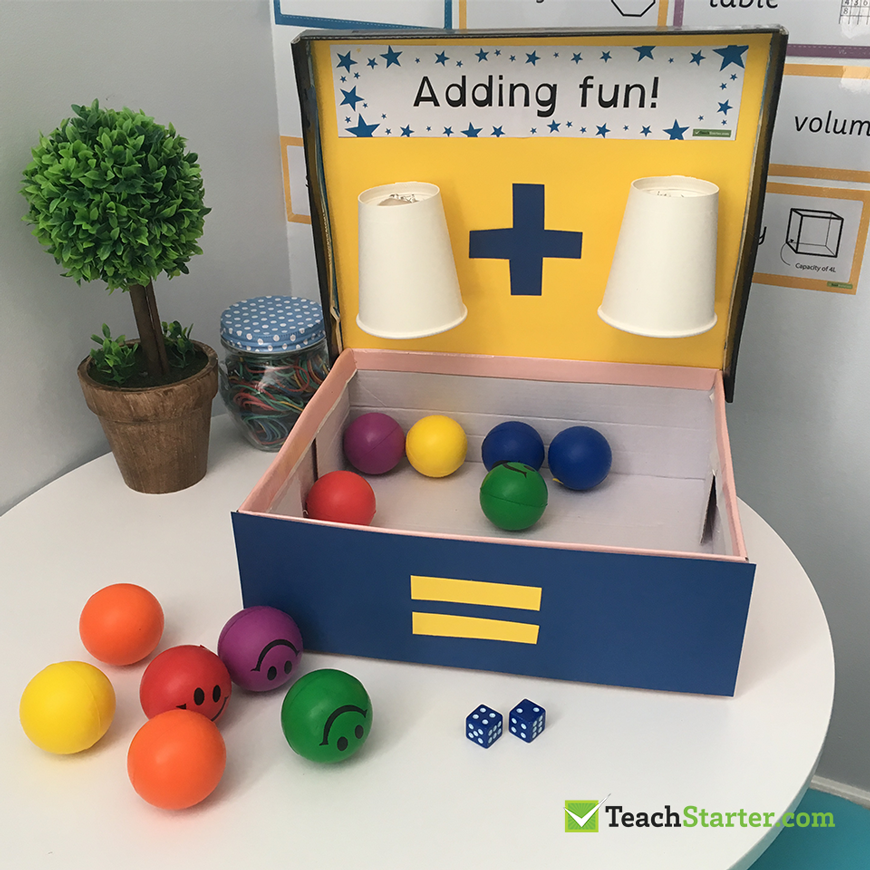 In the meantime, they learn to reason develop logic, ability to mathematics and cognitive interest.
In the meantime, they learn to reason develop logic, ability to mathematics and cognitive interest.
Math problems by age nine0041
It is easiest to interest preschoolers 5-7 years old, primary school students. The main thing - offer a variety of entertaining tasks, make the process of solving problems exciting, with elements of the game, and provide a moderate difficulty of the tasks.
Examples of tasks by age
- Logic for children 5-6 years old
- Logic for children 6-7 years old
- Mathematics for preschoolers
- 1st class
- 2nd class
- 3rd class
- 4 class
By grades 3-4, a student's motivation often decreases.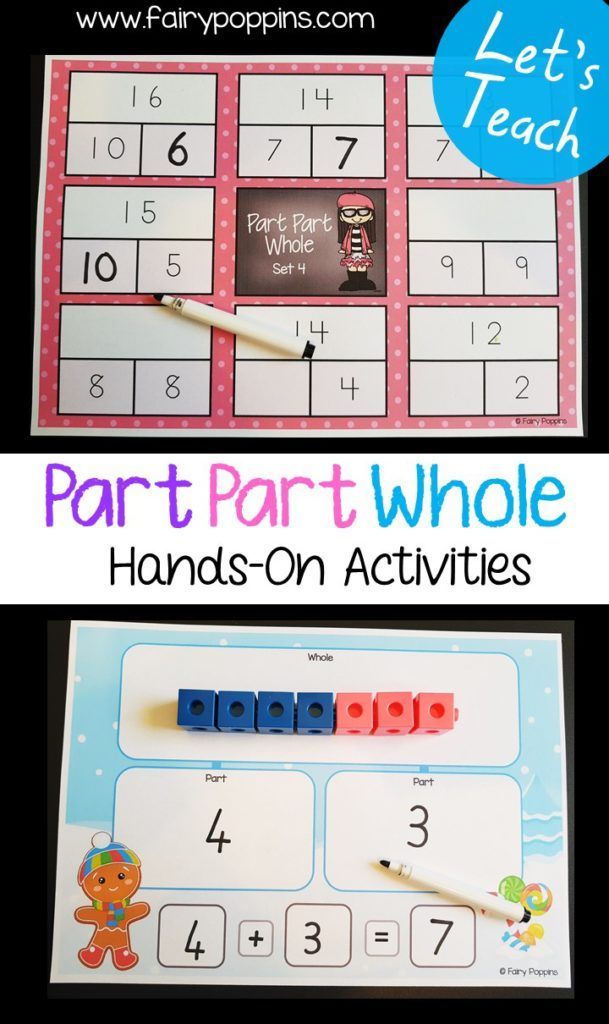 It is important for parents not to miss this moment and explain to the child why to do it at all mathematics and learn to solve problems. nine0003
It is important for parents not to miss this moment and explain to the child why to do it at all mathematics and learn to solve problems. nine0003
Logic and Math Examples
- for preschoolers
- for first graders
- examples for 2 class
- for 3rd class
- for class 4 nine0028
- examples for 5 class
Logic-mathematical and other educational games by age
45 years
Entertaining tasks by type nine0041
In terms of regular training at any age, there should be at least 5-7 types of tasks.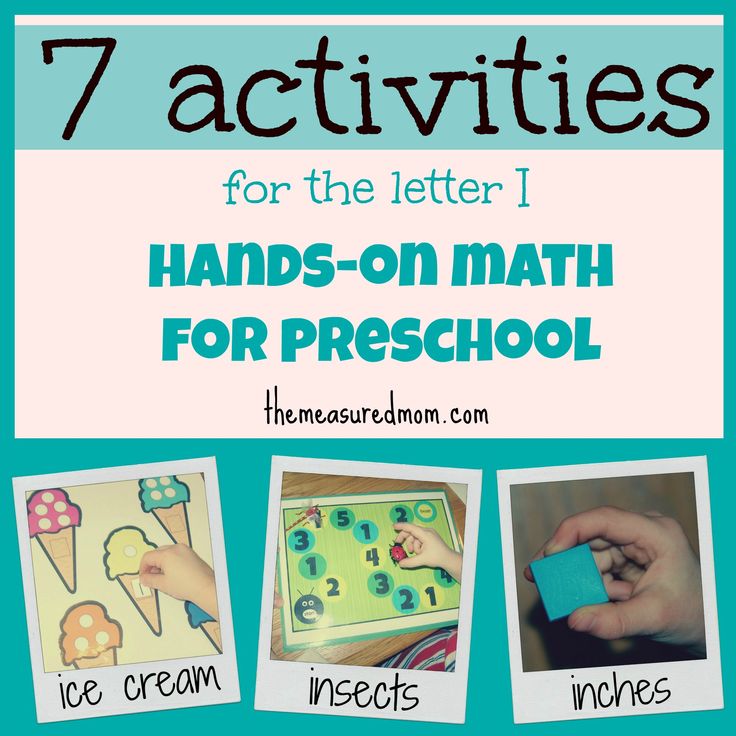 This will help the complex development of the child's logic, cognitive, creative and mathematical skills. abilities.
This will help the complex development of the child's logic, cognitive, creative and mathematical skills. abilities.
Among the most interesting and popular categories of tasks for logic and ingenuity:
- Classic logic problems. nine0027 Teaching children analyze the text, highlight the main thing, reason and draw conclusions.
- Arithmetic puzzles. Excellent performance of key mental operations: abstraction, analysis and synthesis, comparison and others.
- Tasks on regularities, sequences. Helps develop analytical skills and creative thinking. nine0028
Examples of tasks by type
Logic tasks
Math puzzles
Search tasks patterns nine0003
Truth and lie
Find the extra in each group
magic squares nine0003
Chess problems for beginners
Riddles for logic
Puzzles with matches, permutations nine0003
Puzzles with letters and numbers
Entertaining math for preschoolers, math games and tasks online
HomeExerciseMath
Math
Learning shapes course
View all
What is symmetry?
Part of the whole
We study the figures (1)
We study the figures (2)
Study the figures (3)
We study the figures (4)
Plom Line
polygon
polygons (1)
View all
Course Learning numbers
View all
Number 1 (1)
Distinguish numbers from 0 to 9 (1)
Distinguish numbers from 0 to 9 (2)
Distinguish numbers from 0 to 9 (3)
Distinguish numbers numbers from 0 to 9(4)
Number line up to 10 (1)
Digit 1 (2)
Digit 2 (1)
Digit 2 (2)
See all
Count up to 5
(1)
Fun numbers (2)
Fun count up to 3
Fun count up to 5
Where else? (1)
Where is more? (2)
Let's count!
Memorize numbers up to 3
Play and count
See all
Counting up to 10
View all
Fun counting up to 10 (1)
Fun counting up to 10 (2)
Number line problems up to 10 (1)
Number line problems up to 900 (2)
Play and count (1)
Play and count (2)
Which is in order up to 10?
Count down from 10 to 1 (1)
Count down from 10 to 1 (2)
View all
Count up to 20
View all
Number line problems up to 20 (1)
Arrange in order up to 20 (1)
Correlate objects and numbers up to 20 (1)
Composition of the number 12
Count in pairs up to 20 (1)
Count objects up to 20
Count2 objects up to 20 (2)
Count items up to 20 (3)
Count items up to 20 (4)
View all
Count up to 100
View all
Approximate count (2)
Millimeter
Approximate account (1)
Put up to 100 (1)
Consider up to one hundred
View all
The composition of the number
View all
composition Add and subtract
View all
Learn to solve problems up to 10 (1)
Learn to solve problems up to 10 (2)
Examples in pictures
Subtract and add
Subtraction with transition through ten (2)
ten (3)Drag the answer
Addition.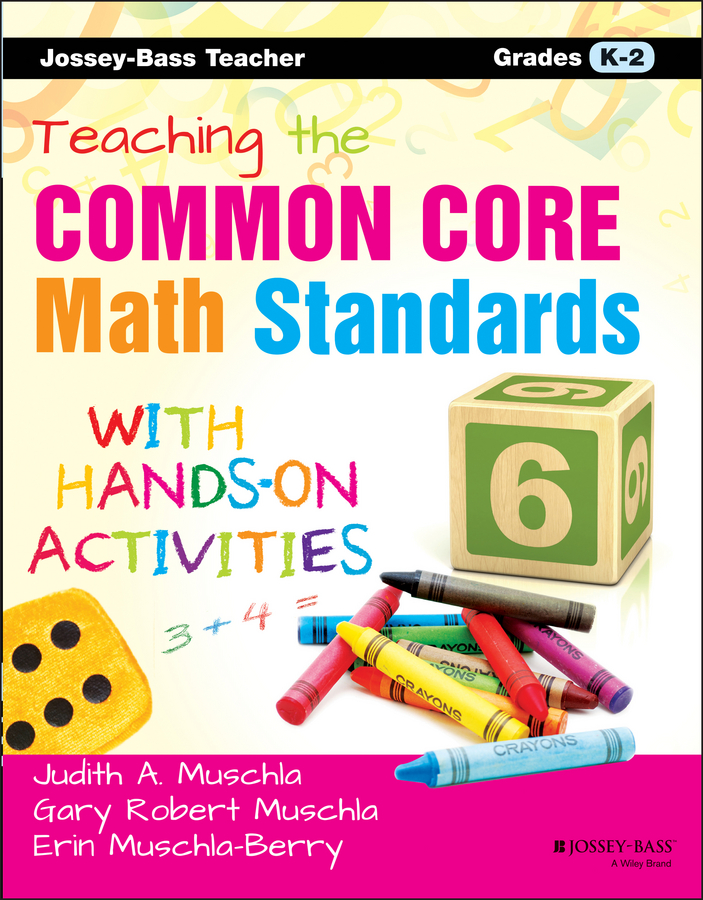 Terms. Sum. (1)
Terms. Sum. (1)
Addition. Terms. Sum. (2)
View all
Compare numbers
View all
Longer, shorter, equal in length
Comparison of numbers in pictures up to 10
Even-odd
Comparison of expressions. Equality and inequality
Comparison of numbers within a million
Comparison of numbers up to 20
Comparison of numbers within 20
Compare the numbers
We multiply and divide
View all
Remember the multiplication table of
division division division. by 10 and by 100
Division with a remainder
Division of a three-digit number by a single digit
Multiplication and division problems
Do you know the multiplication table? (1)
Do you know the multiplication table? (2)
A written division with the remainder of
Written multiplication by a two -digit number
View all
We solve problems and examples
View all
Learning to solve problems up to 10 (1)
Money LOVE
diagrams 9Ol000
Days of the week (2)
Memorize the months (2)
Distinguish the seasons
Memorize the months (1)
Determine the time using the arrows
Clock with hands
Autumn riddles (1)
Seasons - spring (2)
View all
Why do we need mathematics?
Mathematics is a fundamental science that appeared at the moment when a person needed to calculate something.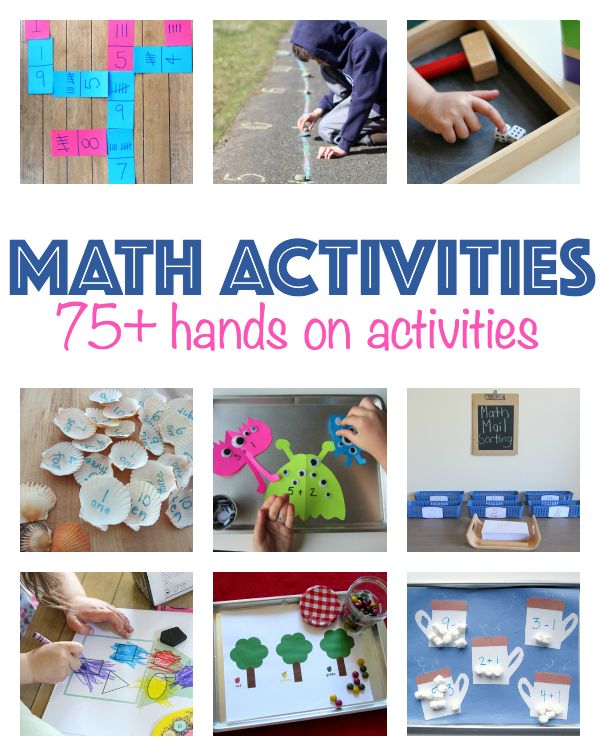 We can say that her age is not much different from the age of mankind. Mathematics helps, on the one hand, to develop abstract thinking, on the other hand, to solve applied problems in everyday life. nine0003
We can say that her age is not much different from the age of mankind. Mathematics helps, on the one hand, to develop abstract thinking, on the other hand, to solve applied problems in everyday life. nine0003
Mathematical thinking, or mathematical mindset, is based on logic, the ability to build cause-and-effect relationships, critical thinking, the desire to get to the bottom of a question or problem.
Mathematics forms skills that are relevant for any historical period, especially for the present.
What is entertaining mathematics?
Undoubtedly, mathematical abilities are developed by special efforts.
One option is to study mathematics by solving mathematical problems. For an easier and more exciting learning process, a special section is used - entertaining mathematics. In thoughtful game tasks, interesting plots, using humor, the science of mathematics appears in the most attractive form, which is especially important when teaching children.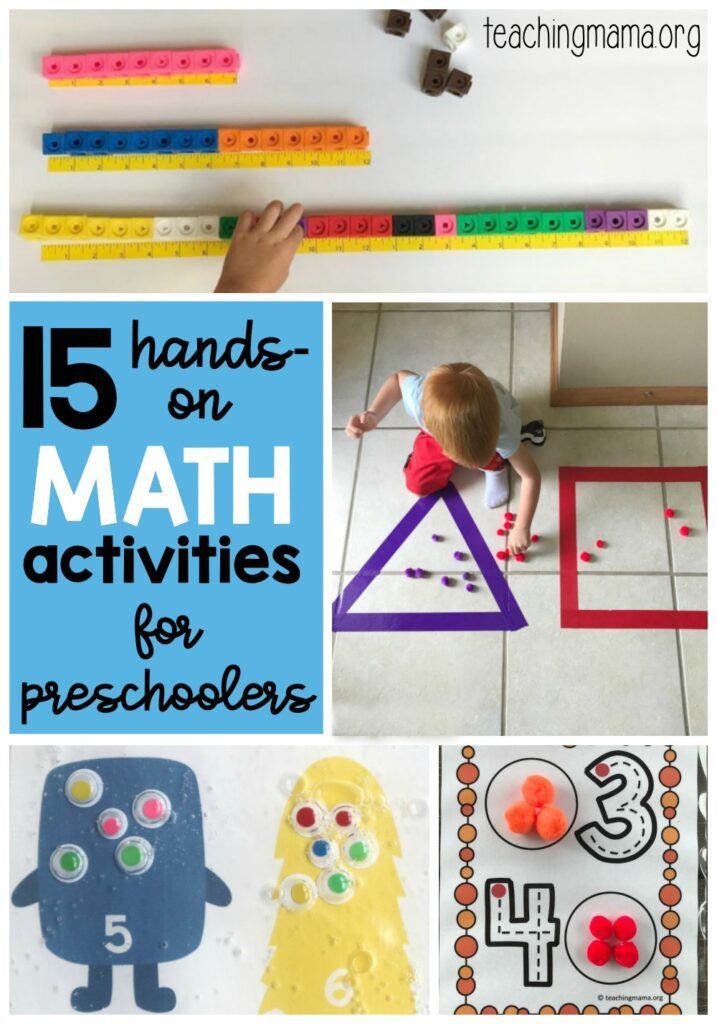 Children's curiosity and excitement allow you to get involved in the world of abstract calculations and go from entertaining puzzles to real complex mathematics. nine0003
Children's curiosity and excitement allow you to get involved in the world of abstract calculations and go from entertaining puzzles to real complex mathematics. nine0003
Why does the child not understand mathematics?
There is no definite answer to this question. Perhaps the child has not yet fully mastered the skills of counting. Here, counting games from very simple to complicated options, for example, with dice (as an option, rpg board games) will help.
Very young children may still have unformed abstract thinking: it is easier for them to operate with visual objects. A parent or teacher always shows the application of mathematics, explaining why mathematics is needed in life. nine0003
If we are talking about an older age, then it is possible to structure abstract thinking in the form of diagrams on paper, helping not to keep all the data in mind, but to see the full picture visually.
If mathematics is difficult for a child, it may be worth paying additional attention to the development of imagination.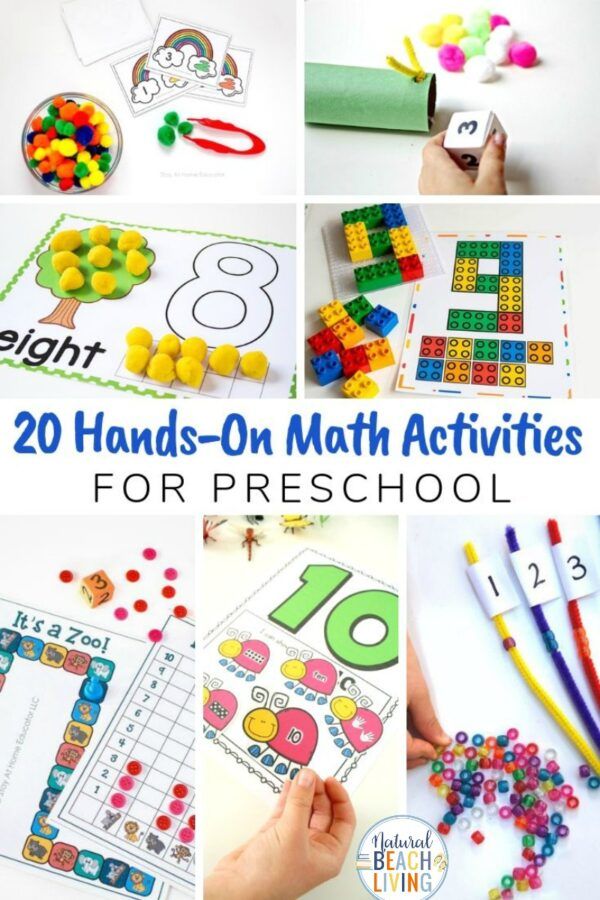 It is not necessary to use the detailed solution of math problems; you can go through mazes, cut out patterns, collect various crafts according to the schemes. Creativity is welcome, because mathematics is not always about dry numbers. nine0003
It is not necessary to use the detailed solution of math problems; you can go through mazes, cut out patterns, collect various crafts according to the schemes. Creativity is welcome, because mathematics is not always about dry numbers. nine0003
Math in pictures for preschoolers online is now available to every child. The section includes tasks and games in arithmetic for children, exciting tasks that develop addition and subtraction lessons for children. The exercises in this section will help develop attention and concentration, form elementary mathematical concepts in children.
Playful activities
Your child will have a fun and productive time.
Children are engaged with pleasure, are completely immersed in the learning process and achieve results. For children under 6 who have not yet learned to read, we voiced each task. nine0003
Cups and medals for children
Awards that motivate children to achieve success.